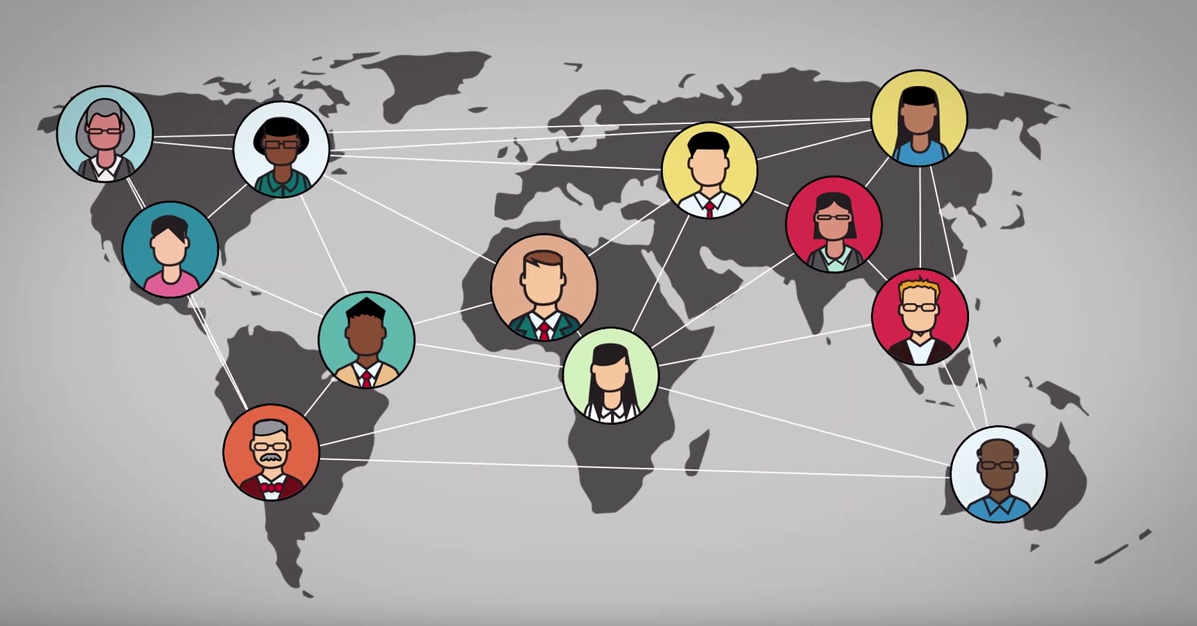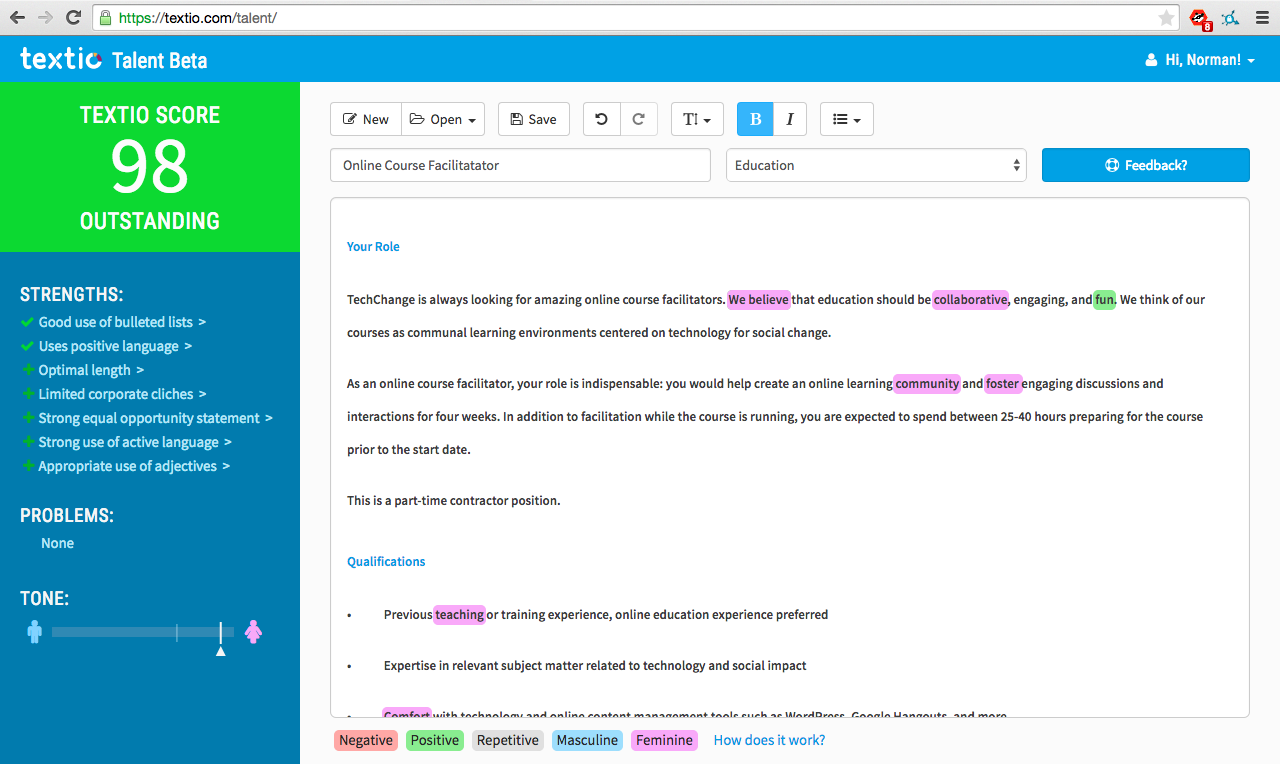Adults and adolescents with Atopic Dermatitis in the USA, expectant mothers in Ghana, young teachers in Finland and pharmacists in Uganda all have one thing in common, they are part of the growing mobile learning community, or mLearning. Educators use cell phones, PDAs, laptops, and other mobile devices to reach students who are mobile, are isolated, lack internet access, or have limited resources for travel but have a mobile phone. mLearning in action. When 90% of the world’s population has access to a mobile phone, according to the International Telecommunication Union, it is no surprise that educators have already realized the potential of mobile devices to enhance and extend the classroom.
Adults and adolescents with Atopic Dermatitis in the USA received information and medication reminders via text (or SMS) from Massachusetts General Hospital. Throughout the study, 96% of the participants changed at least one behavior after receiving informational texts about self-care practices. These patients are not alone in their improved health behavior due to educational texts. In Kenya, patients undergoing Advanced Retroviral Therapy for HIV received text reminders about their dosage and appointments and had positive behavioral change related to their adherence to their treatment in a recent study. Expectant mothers in Ghana received voice and text messages regarding self-care during pregnancy and the care of their children. But sure, mobile phones can help adherence to medication regimens, improve information about healthcare and self-care and serve as reminders of appointments, but what about extending the more traditional classroom?
Young teachers in Finland use mobile phones during the teacher training period that includes heavy travel to and from training sites, to send feedback to other trainees, receive feedback from supervising teachers, to report back to supervising teachers, and to send photos of trainees and their classes back and forth to trainees and instructors. Using mobiles to send photos enhances the learning experience by connecting participants immediately through their own eyes. Students in Uganda also engaged in mLearning to extend their research while they travelled throughout rural regions of the country. These students communicated with their research supervisor via their mobile to reach benchmarks on the research progress and to overcome electricity and internet limitations at their research locations. The study recommends to combine mLearning tools, especially voice calls and SMS texts with more traditional distance learning approaches, using the internet when possible. Pharmacists in Uganda had the same experience as they underwent a “Virtual Pharmaceutical Training program” online and recommended the addition of mobile technologies and other blended approaches to eLearning.
mLearning in resource constrained environments presents an opportune space for teachers and instructors to reach their students more conveniently and efficiently. mLearning for adult education is only one form and the examples listed here are not exhaustive. Children who have access to mobile devices send SMS questions to teachers, teachers SMS parents regarding student progress, and learning laptops reach students in resourced environments. The important aspect of mLearning is that it is scalable to the needs and resources of students and teachers, patients and doctors, rural clinics and urban hospitals. As Jordan Hosmer-Henner discussed in his post “Marking the m-Health Movement,” mobile technologies are a game changer for development entrepreneurs throughout the world. mLearning is one more way mobile technologies are expanding the way we think and the way we interact with each other, making the classroom truly global.
To find out more about how new technologies are used in education, sign up for TechChange’s new 4 –week course in January, New Technologies for Educational Practice.




